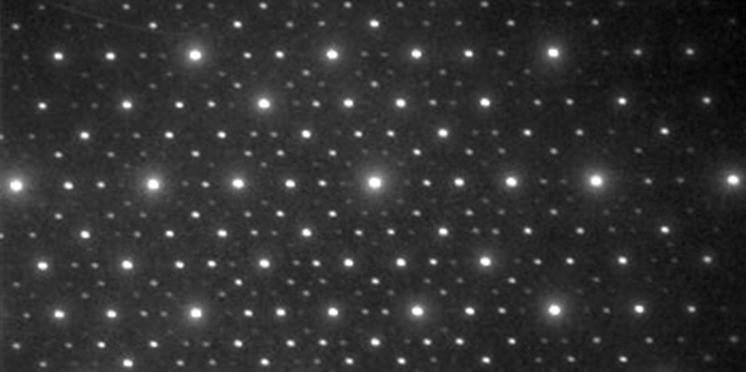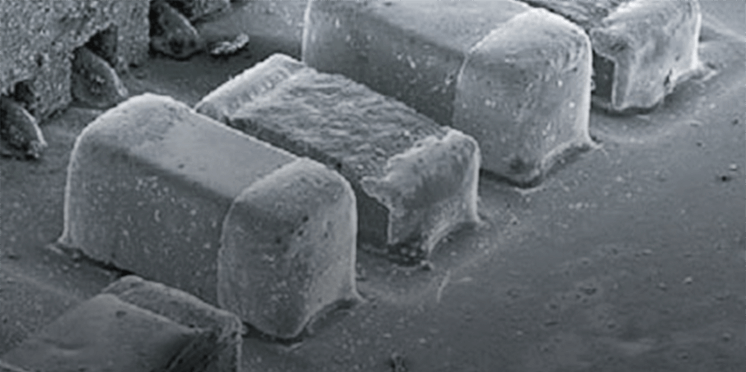光・電子相関顕微鏡法
光・電子相関顕微鏡法
Correlative Light & Electron Microscopy, CLEM
[目次:観察手法]
タンパク質や組織の機能を蛍光顕微鏡によって同定し、その形態をSEMで観察する方法。
特定の機能を持つタンパク質や組織の部位を蛍光標識し、光学顕微鏡の一種である蛍光顕微鏡を用いて同定し、SEMを用いてその部位の形態を高い空間分解能で微細観察する。バイオサイエンスで広く用いられる。
Correlative Light & Electron Microscopy (CLEM) is a method to identify a functional protein or tissue by fluorescence microscopy and to observe its morphology by SEM.
A specific functional protein or tissue is subjected to fluorescent staining (labeling). The labeled site is observed and identified using a fluorescence microscope (one of optical microscopes). Then, the fine morphology of the fluorescent-labeled site is observed and analyzed using an SEM with a high spatial resolution. The method is widely used in bio-science.
説明に「光・電子相関顕微鏡法」が含まれている用語






